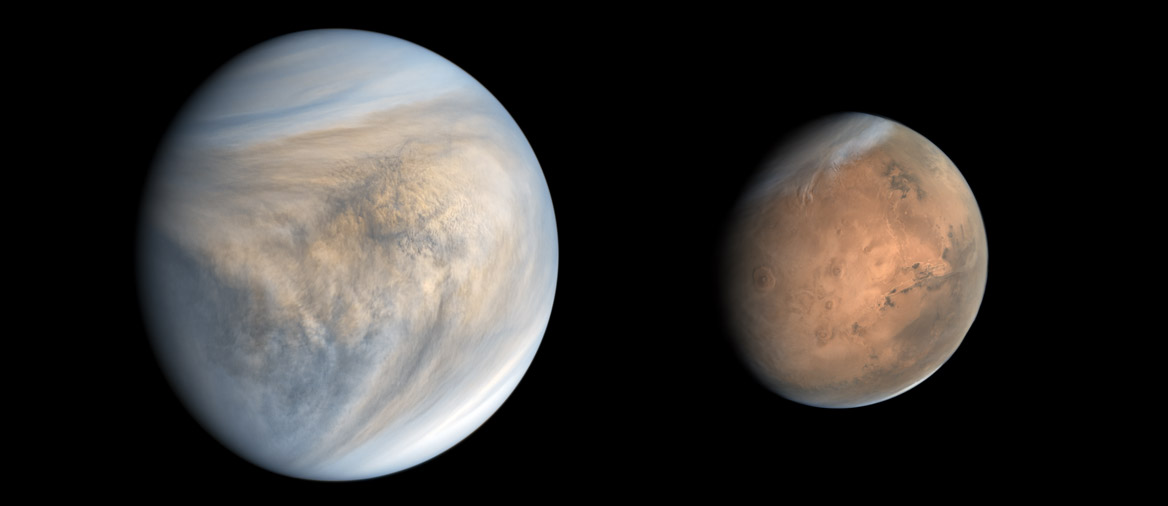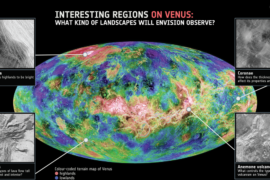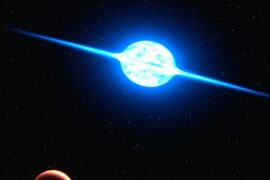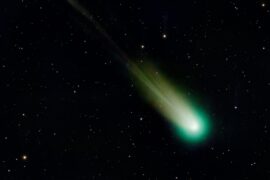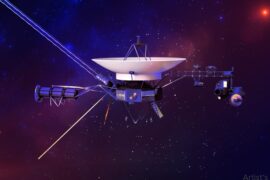Mars and Venus are our two neighboring planets in the Solar system. Thanks to this, they are the planets that we’ve been in the best position to study and compare.
But their location is not all that they share. Just like Earth, Mars and Venus were made out of the same protoplanetary disc – a cloud of dust and gas that aligned around the Sun shortly after its formation – so they all have similar ages and materials.
But after 4.6 billion years, they have become very different planets in many ways too.
In this article, we’ll compare Mars vs Venus and analyze their differences and the things they have in common.
Mars vs Venus comparison
The fact table below shows at a glance a numbers comparison of both planets.
| Venus | Mars | |
|---|---|---|
| Position in the Solar system | 2 | 4 |
| Distance from the Sun (avg) | 108 million km | 226 million km |
| Radius | 6,051 km | 3,389 km |
| Mass | 4.8675×1024 kg | 6.4171×1023 kg |
| Rotation period (1 day) | 243 days | 24 hours 37 minutes (1.025 days) |
| Orbit period (1 year) | 224.7 days | 687 days |
| Orbital speed | 35.02 km/s | 24.07 km/s |
| Surface temperature (avg) | 464 °C | −110 °C to 35 °C |
| Surface pressure | 9,300 kPa | 0.636 kPa |
| Surface gravity | 8.9 m/s2 | 3.72 m/s2 |
| Density | 5.24 g/cm3 | 3.93 g/cm3 |
| Escape Velocity | 10.36 km/s | 5.027 km/s |
| Albedo | 0.689 | 0.170 |
| Satellites (Moons) | 0 | 2 |
| Core | rock | rock |
| Atmosphere | 96.5% CO2, 3.5% N | 95% CO2, 2.6% N2, 1.9% Ar, 0.16% O2, 0.06% CO |
Mars vs Venus size comparison
Contrary to what you might expect, Mars is quite small in relation to the other planets of the Solar system. In fact, it is the second smallest planet only beating Mercury by a few hundred kilometers.
Even though Venus is the third smallest planet, it is almost twice as big as Mars.
For comparison, Venus is almost the same size as Earth, so every comparison in size that you can make between Mars and Venus applies almost exactly to Earth as well.
The following diagram shows a scaled version of the size difference between both planets.
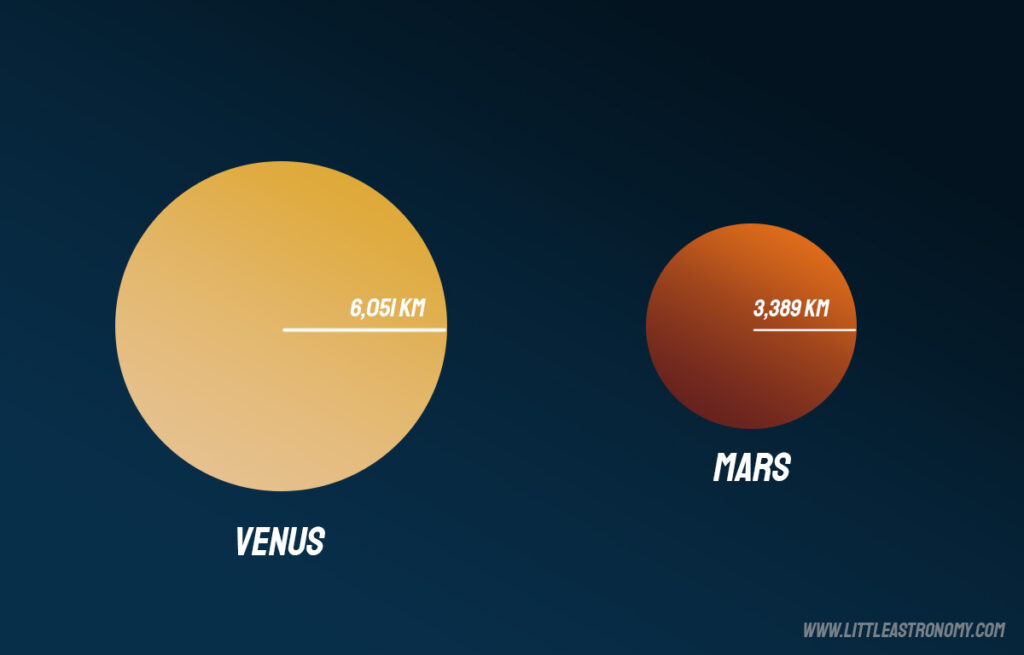
Mars and Venus similarities
- Both planets orbit around the Sun
- Both planets formed around the same time, approximately 4.6 billion years ago
- The core of both planets has a similar composition. It is made out of silicate minerals, iron, nickel, and other metals.
- Mars and Venus are both “terrestrial planets”. This means they have a rocky, solid surface unlike the “Jovian planets” which are made out of gas and don’t have a solid exterior.
- Both planets have an atmosphere.
- The composition of the Venusian and Martian atmospheres is very similar, which is actually quite uncommon. It is mostly made out of carbon dioxide (CO2) and Nitrogen (N) in similar percentages. No other two planets’ atmospheres have such similar composition.
- The gravity of both planets is smaller than Earth’s.
- Mars and Venus were both very geologically active at some point. They both had active volcanoes, earthquakes, etc. Some theories suggest they might both still be slightly active.
- The surfaces of both planets have similar colors. Oranges, reds, browns, etc.
- Both planets get their names from Roman gods. Venus, the goddess of love and beauty, and Mars, the god of war.
- Even though they are Earth’s neighbors, both planets are outside the Solar system’s habitable zone, which means they can’t support liquid water on their surfaces.
- Both planets are uninhabitable to humans.
- Mars and Venus were known to ancient civilizations thanks to the fact they can both be seen from Earth without the help of a telescope.
- They are both named after the Roman equivalent of Greek gods. Mars is named after the god of war (Ares) and Venus after the goddess of beauty (Aphrodite)
Mars and Venus differences
- Mars has two moons, Phobos and Deimos. Venus doesn’t have any natural satellites.
- Mars has ice on its poles, and possibly, liquid water. Venus is unlikely to have either.
- Venus’s atmosphere is thick and extremely dense. It is the reason why Venus is so hot as it created a greenhouse effect. On the other hand, Mars’ atmosphere is very thin. This explains a lot of the differences between both planets because as it is mentioned above, the composition of the atmospheres is similar.
- Venus has a small (induced) magnetosphere that slightly protects it against solar winds. Mars lost its magnetosphere a long time ago, probably due to asteroid strikes. This is part of the reason why the Martian atmosphere is so thin.
- From space (and from Earth), it is not possible to see Venus’ surface. If you point a telescope at it, you would only see the white/yellow clouds on top of it. Because the Martian atmosphere is much, much thinner, we can see Mars’ surface and study its geology.
- Venus is hot. Really hot. In fact, it is the hottest planet in the Solar system with a mean temperature of 867°F (464°C). Mars, on the other hand, is quite cold despite its desert-like appearance. Its mean temperature is waaay below zero at -85°F (-65°C).
- Venus is very reflective because of its dense atmosphere. Mars is not. This is part of the reason why for a long time, ancient astronomers thought that Venus was a star.
- Mars rotates counterclockwise, just like most other planets. Venus rotates in the opposite direction, clockwise. The only other exception in the Solar system is Uranus which rotates almost sideways.
- Venus (very likely) has tectonic plates like Earth. Mars doesn’t.
- It would be very difficult for humans to colonize, or even explore Venus. Spacecrafts and probes would melt in Venus’ heat before even reaching the surface. Mars is a better option for both research and possible colonization.
- Venus rotates much slower than Mars. It takes 243 Earth days to complete just one rotation. Mars rotates almost at the same speed as Earth. Its days are close to 24 hours.
- Mars is almost twice as far away from the Sun as Venus.
- Venus’s gravity is more than double that of Mars.
- Venus is almost 80% larger than Mars.
- Venus experiences rain. Except it is not water, but sulfuric acid. Mars doesn’t have any precipitation but it does have some clouds.
Summary
- Venus and Mars share many similarities like their age, rocky surface, atmospheric composition, and colors.
- Venus and Mars have many differences, like their orbital speed, the density of their atmospheres, size, and the number of natural satellites.
- Both planets share similar origins but changed drastically over the course of billions of years.
Enjoyed this article?
Get daily 10-minute PDFs about astronomy to read before bed!
Sign up for our upcoming micro-learning service where you will learn something new about space and beyond every day while winding down.

